Digital key and electronic key: adaptation to the GDPR
” Technology has transformed the economy and social relations and should make it even easier for personal data to move freely within the Union and to be transferred to third countries… ” excerpted from Official Journal of the European Union
It was May 2018 when, officially the European Regulation “GDPR” entered into Vigor, and since that time companies, freelancers, medical practices, lawyers, accountants, insurance companies and PAs have had to adapt by adopting quite a few changes to their business.
Without going too far, suffice it to say that, the key element for “ensuring an adequate level of security of personal data” is “pseudonymization and encryption of personal data” -Art. 32; In the digital archive are tools that are meant to “obscure” the data and only those who have the codes (usually complex passwords ) can access them.
Instead, think about thepaper archive: our beloved folders, with the sensitive data of our clients, users and patients inside, are stored in locked cabinets where, the “DATA BREACH” i.e., the breach of personal data could be really easy to commit either unlawfully or accidentally.
It doesn’t matter whether you own a company, an office, are in charge of an insurance agency or a freelance firm: your employees, even unauthorized ones, can turn a key and gain access to the archives. The key can be lost and perhaps end up in the wrong hands.
The Electronic lock is a means to be in compliance with the GDPR : access limited to a precise number of users, 3 levels of passwords and impossibility of password disclosure outside the company, just like in the digital archive.
Installed on any existing office furniture, wood or aluminum, even with rods on hinged doors or on drawers, the Electronic lock will allow you to be fully in compliance!

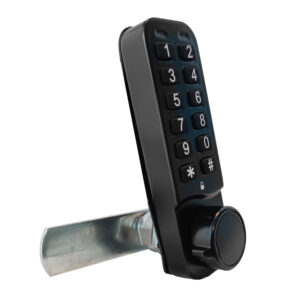
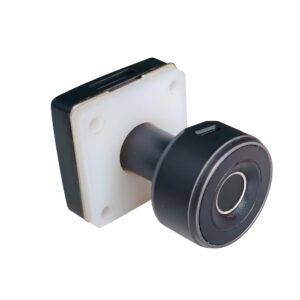
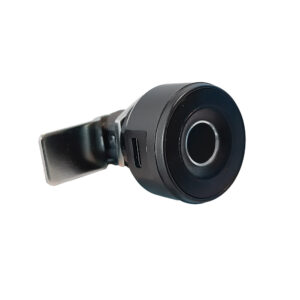


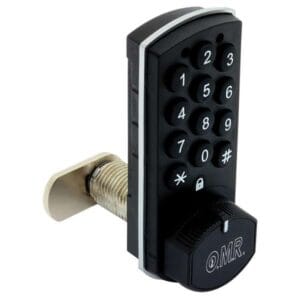

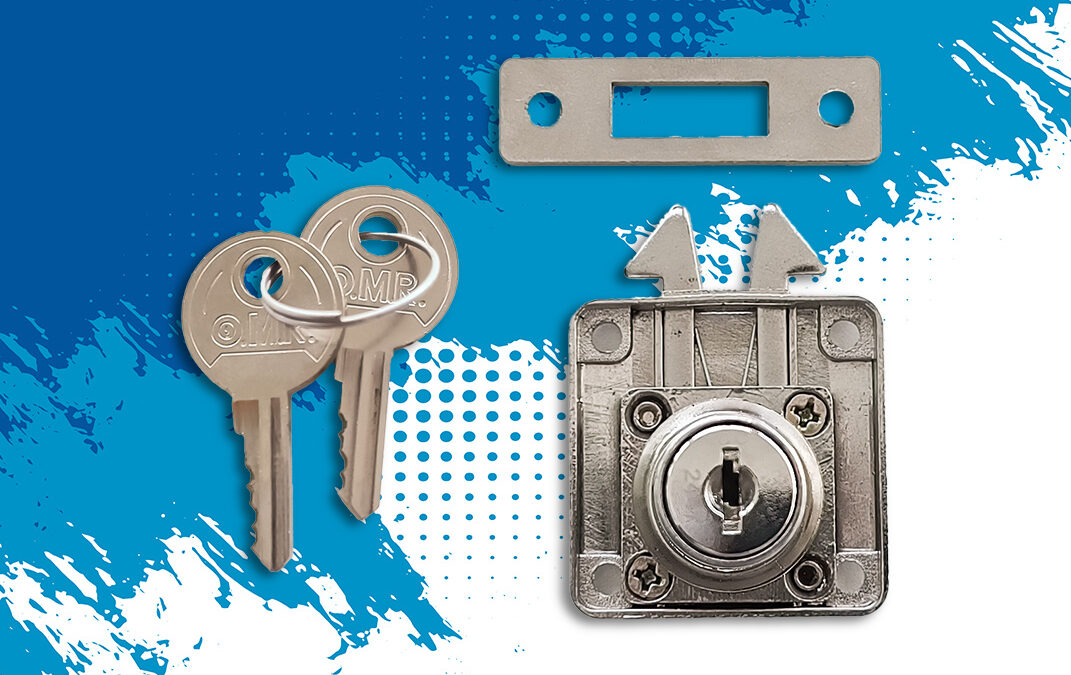
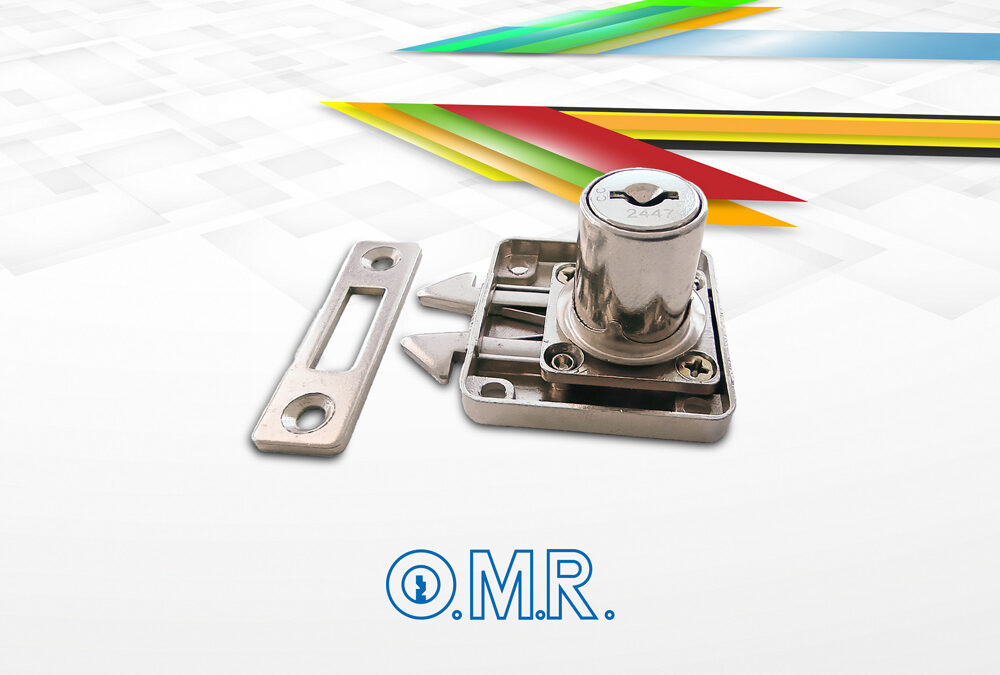
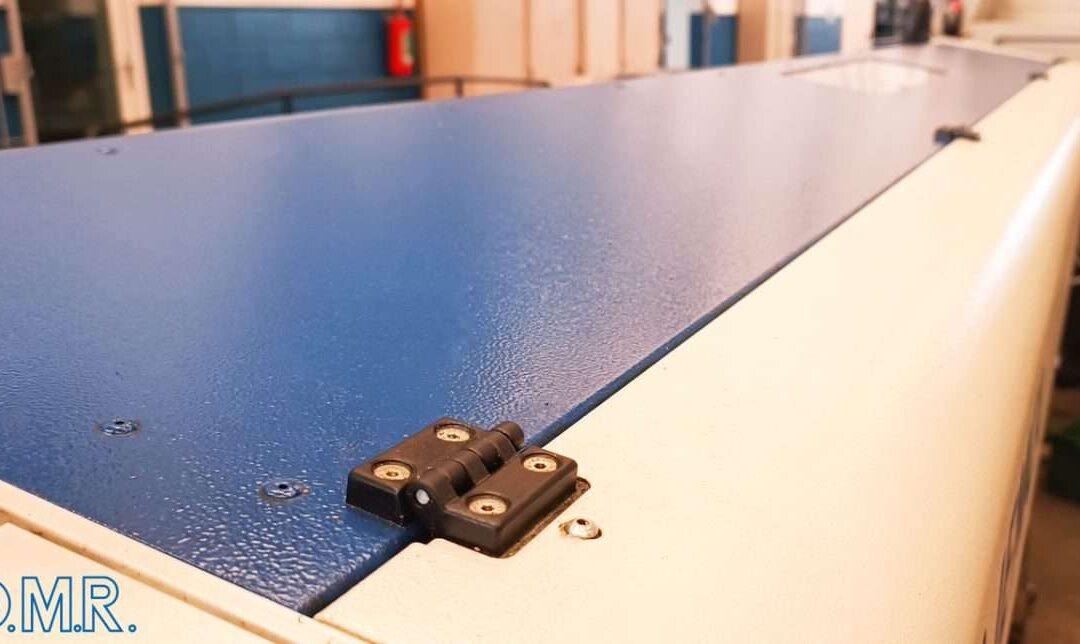
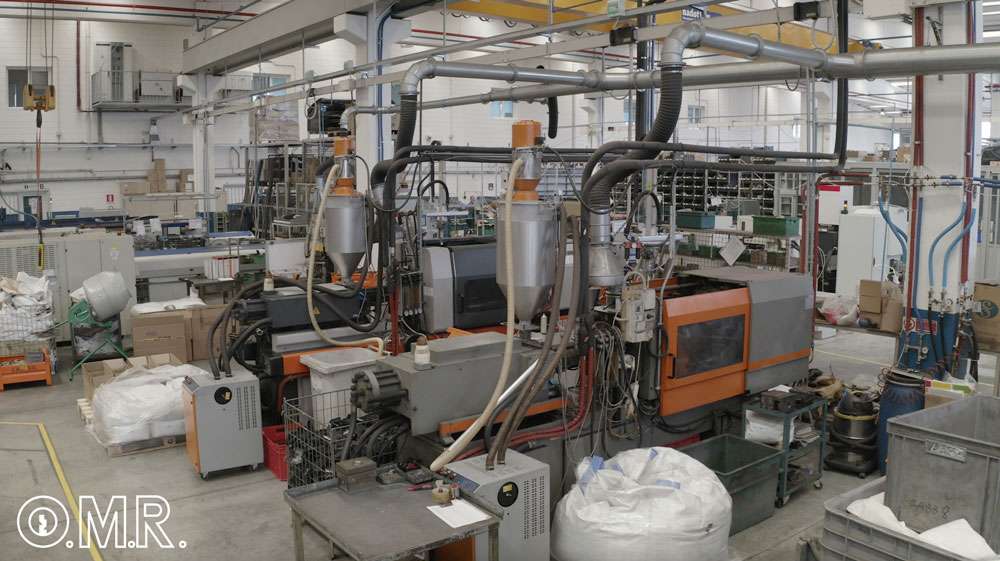
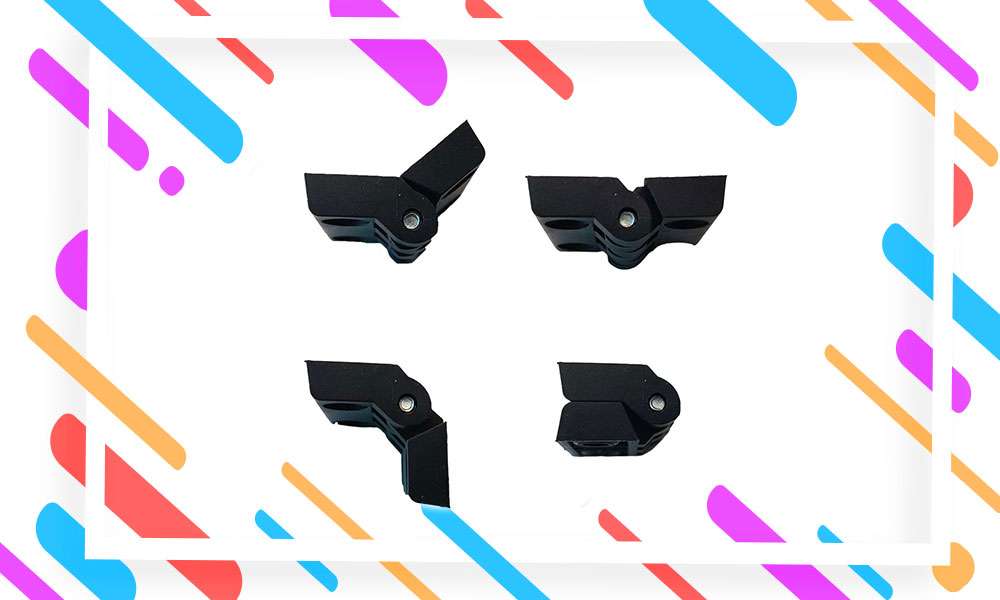
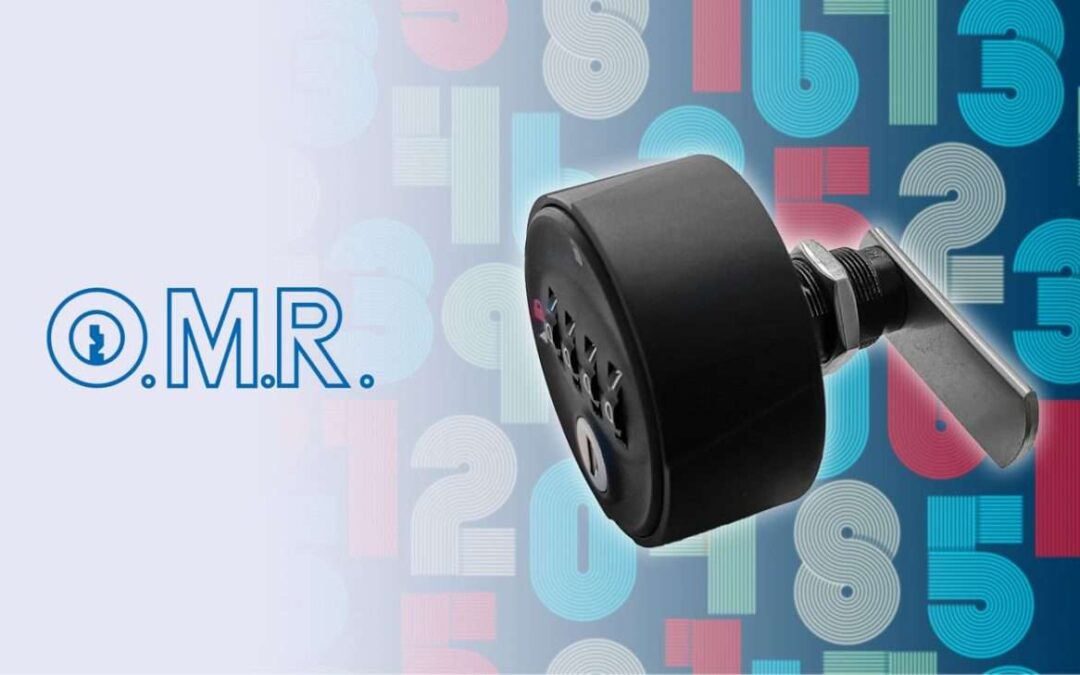
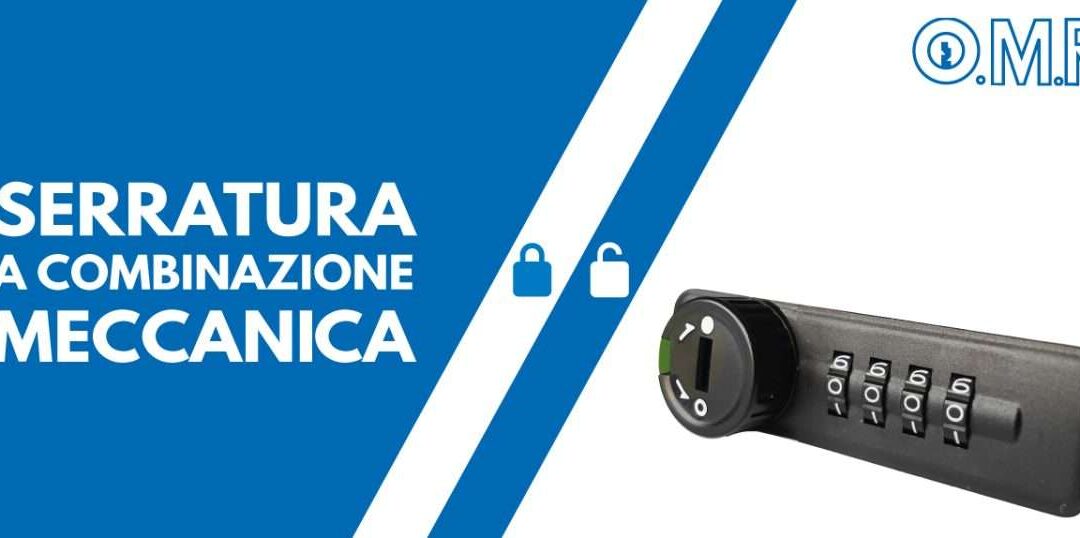
0 Comments